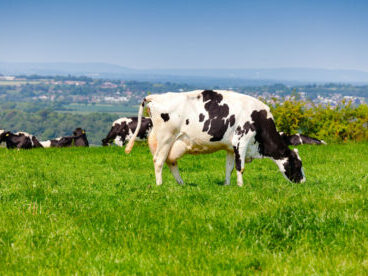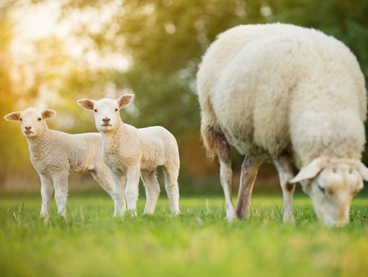Practical and economic alternatives to the feeding of palm fat derivatives
With some retailers already banning the use of palm oil and its derivatives in feeds for their dairy producers, farmers must seek alternative options to help maintain productivity in herds without them, warns nutritional supplement manufacturer UFAC-UK.
With affordability and performance delivery key, this challenge can be efficiently addressed with a combination of UFAC-UK’s rumen-inert dynalac and glyco-buf, providing a sustainable replacement to palm fat derivatives, while bringing added performance benefits.
“For dairy farmers keen to reduce their reliance on palm oil-based products, without adversely affecting milk yield and quality, or compromising health and fertility, the key is to achieve better utilisation of the ration,” explains Joe Magadi, UFAC-UK technical manager.
“A combination of non-palm oil rumen-inert fats are needed, based on balanced essential fatty acids, and slow-release rumen conditioners and fermentable sugars. This cocktail approach typically achieves optimal rumen function and pH stability, supports digestion, maximises dry matter intake (DMI) and ultimately increases the diets energy content,” he adds.

When replacing a calcium soap in the ration, like for like, UFAC-UK’s dynalac supplies more energy, omega 6 (C18:2) and omega 3 (C18:3, C20:5 and C22:6), whilst being more digestible (86% vs 78%). The poly long-chain fatty acids (C20:5 and 22:6) are vital for immune and reproductive functions and are known to enhance milk quality. By boosting immune function, glucogenic energy is also spared, which can then be utilised for milk production.
glyco-buf, on the other hand, is a glucogenic slow-release source of fermentable sugars that provides an effective rumen buffer to maintain rumen pH. Maintaining stable rumen health increases microbial protein yield and milk protein, ultimately improving profitability.
dynalac and glyco-buf together supply lipogenic and glucogenic precursors necessary to optimise a lactation diet. By feeding this combination, a positive response in productivity, milk constituents, cow health and reproductive performance is achieved in an environmentally sustainable manner.
“This feeding strategy promotes dry matter intake (DMI) and increases energy content in the diet, while maintaining adequate fibre intake for milk fat synthesis and microbial protein production,” says Mr Magadi.
Working with dairy farmers nationwide, UFAC-UK has consistently demonstrated that, with carefully balanced dairy rations, focused on optimising rumen function and feeding a combination of dynalac and glyco-buf, high levels of milk production and milk constituents can be achieved.
In several herds, with annual rolling average milk production of 30kg/cow/day, milk fat and milk protein have steadily remained above 4.1% and 3.5%, with the daily intake of 500g dynalac and 300g glyco-buf per head per day.
Mr Magadi concludes, “The outcomes clearly show that with optimal rumen function and stable rumen pH, supplementation with rumen inert balanced fatty acids and slow release glucogenic source are a practical and economic alternative to the feeding of palm fat derivatives.”


 Back to News
Back to News 



